Starting a semi-trailer rental business can be an incredibly lucrative venture, particularly in a thriving freight and logistics market. Given the significant investment involved, it is crucial to navigate this landscape with informed strategies and insights. This guide not only outlines essential steps but also delves into the intricacies that entrepreneurs often overlook, ensuring a well-rounded understanding of what it takes to succeed in this competitive field.
Understanding the Market Landscape
Current Industry Trends
Semi-trailer rental has seen considerable growth over the past decade, driven by an increase in e-commerce and the demand for transportation logistics. Here’s a snapshot of the current market trends:
- E-commerce Growth: The rise of online shopping has led to an exponential increase in shipping needs.
- Sustainability: There’s a rising demand for eco-friendly trailers, with firms looking to reduce their carbon footprints.
- Technological Advances: Innovations in trailer design and tracking technology are revolutionizing the rental space.

Target Market Identification
Identifying your target market is a pivotal first step. Rental customers can range from small businesses needing temporary transport solutions to large logistics companies looking to scale up their fleet. Segmenting your market might include considering:
- Industry Type: Such as construction, logistics, agriculture, or retail.
- Business Scale: Ranging from startups to large corporations.
- Geographic Location: Local, regional, or national outreach.
Competition Analysis
A thorough understanding of your competitors should inform your business strategy. Analyze:
- Local Rental Companies: Research their pricing structures and services offered.
- National Firms: Understand how they position themselves and their customer base.
- Unique Selling Propositions (USPs): Identify gaps in the market that your business could fill.
Crafting a Business Plan

Executive Summary & Objectives
Your business plan should begin with a clear executive summary that defines your business objectives. Outline:
- Mission Statement: Articulate your purpose and what you intend to achieve.
- Goals: Set SMART (Specific, Measurable, Achievable, Relevant, Time-bound) objectives.
Financial Projections
Projecting your financials is essential for understanding potential revenues and expenses. Key elements should include:
- Startup Costs: Equipment purchases, maintenance, rental spaces, insurance, and licensing.
- Revenue Streams: Regular rentals, long-term leasing options, and offering related services such as maintenance.
- Operational Costs: Insurance, labor, and marketing expenses.
Marketing Strategy
Your marketing strategy should be robust, leveraging digital and traditional marketing avenues. Consider:
| Marketing Channel | Strategy Description |
|---|---|
| Social Media | Engage users on platforms like LinkedIn and Facebook through targeted ads that emphasize your services and USPs. |
| SEO | Optimize your website with keywords related to semi-trailer rentals to enhance visibility. |
| Email Marketing | Send newsletters showcasing promotions, offers, and industry news to keep your audience engaged. |
| Networking Events | Attend trade shows and local business mixers to establish connections within the industry. |
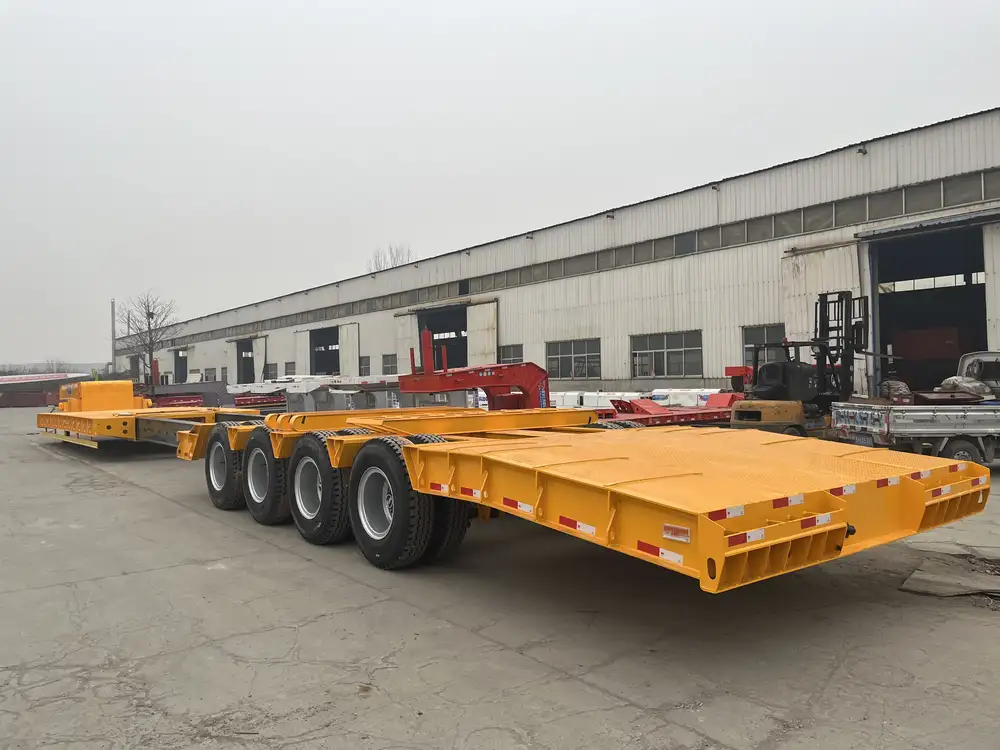
Legal and Regulatory Considerations
Business Structure
Select a business structure that fits your operational needs—this could be a sole proprietorship, partnership, LLC, or corporation. Each has different implications for liability and taxation.
Licensing and Permits
Starting a semi-trailer rental business requires various licenses and permits. Ensure you have:
- Business License: Verify local requirements.
- Commercial Driver’s License (CDL): Necessary for operating or renting out semi-trailers.
Insurance: Protects your assets against liability and damages. This includes:
- Liability Insurance
- Property Insurance
- Cargo Insurance
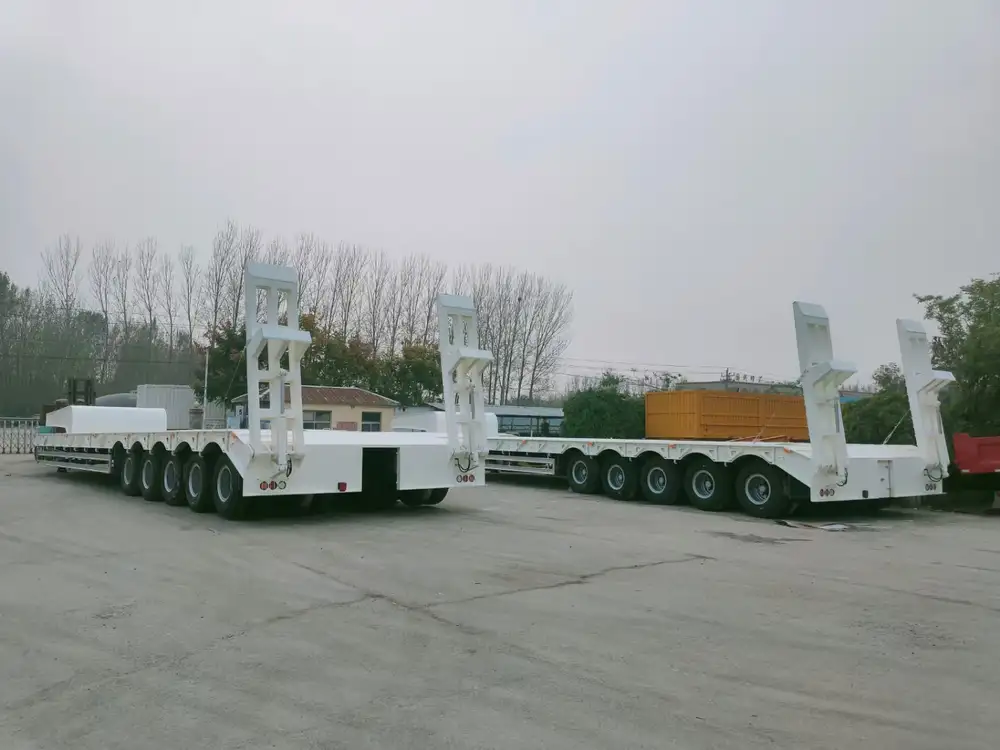
Fleet Acquisition
Choosing the Right Trailers
When it comes to the inventory of semi-trailers, making informed choices can set your business apart. Different types of trailers serve various needs:
- Flatbed Trailers: Ideal for transporting heavy machinery or construction materials.
- Reefer Trailers: Essential for temperature-sensitive products.
- Dry Van Trailers: Perfect for general cargo transport.
Purchasing or Leasing
Deciding on whether to purchase or lease your inventory can significantly impact your cash flow. Key considerations include:
- Budget Constraints: Evaluate available funds versus potential financing options.
- Maintenance Costs: Owned trailers typically incur higher upfront costs but can have lower long-term expenses.
- Flexibility Needs: Leasing allows you to respond swiftly to market demands without long-term commitments.
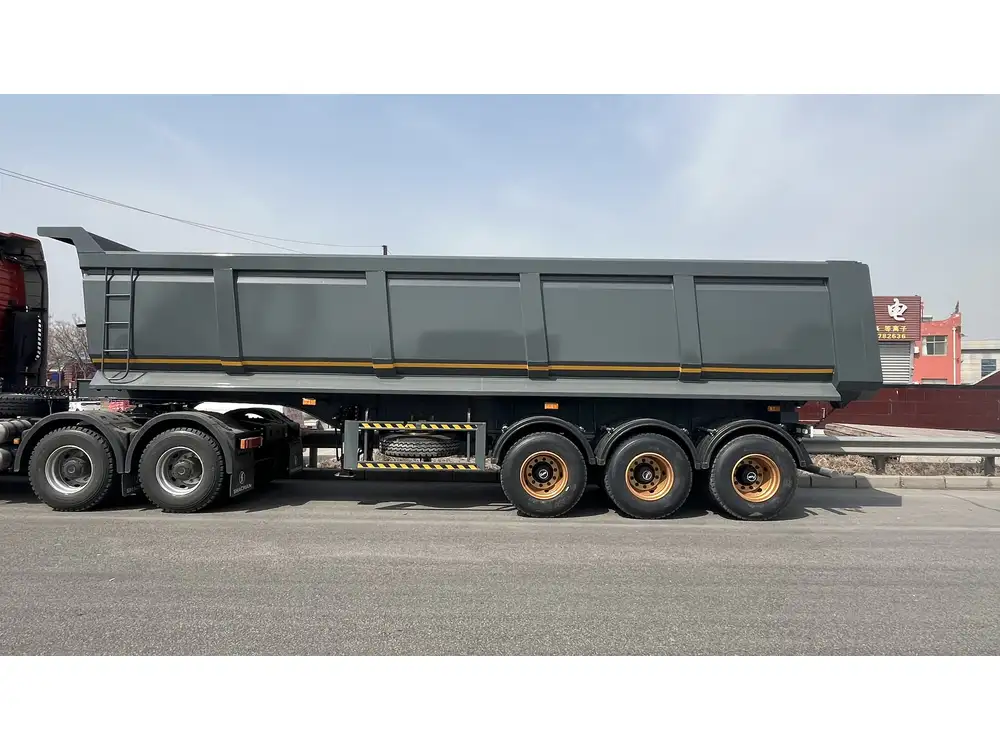
Operational Setup
Location and Facilities
Choosing an optimal location is crucial for efficient operations. Essential elements to consider include:
- Proximity to Major Routes: Ensure easy access for transport logistics.
- Space for Fleet Maintenance: Enough room for repairs and maintenance checks.
- Storage Solutions: Properly stored trailers ensure their longevity and usability.
Hiring Staff
Assemble a team that complements your operational needs. Key positions might include:
- Fleet Manager: Oversees trailer maintenance and logistics.
- Sales and Marketing Professionals: Focus on acquiring new tenants and retaining existing clients.
- Administrative Support: Manages scheduling, invoicing, and client relations.
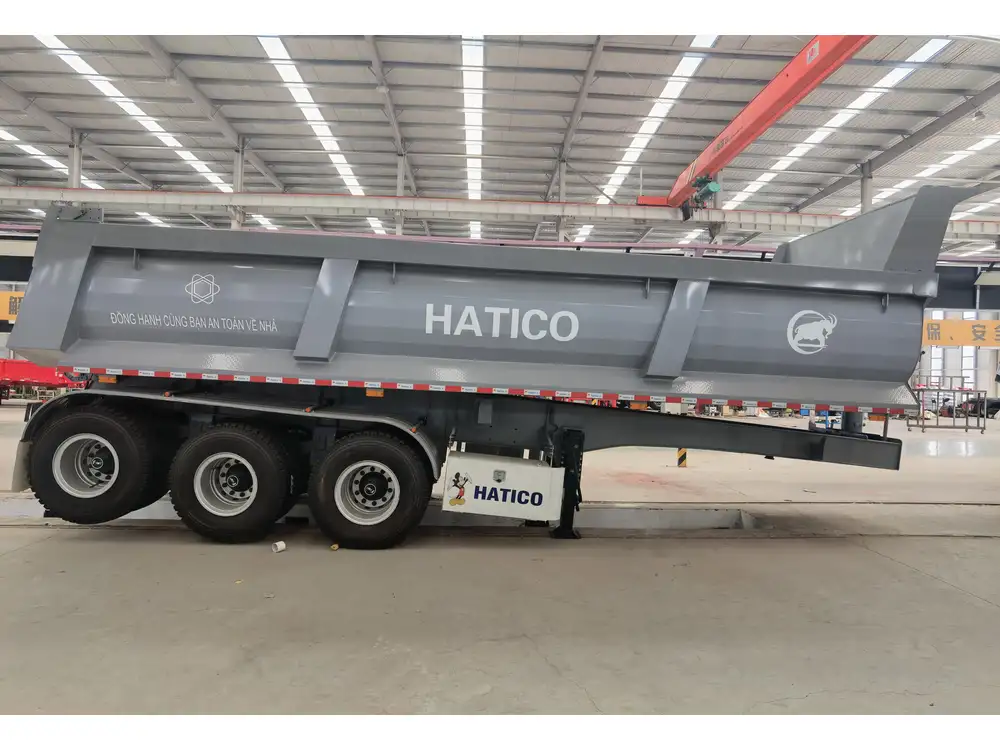
Maintenance Protocols
Establishing a structured maintenance program is vital for fleet longevity and client satisfaction. It should include:
- Regular Inspections: Check brakes, lights, and tires.
- Documentation: Keep detailed records of service history.
- Emergency Protocols: Outline procedures for breakdowns or accidents.
Customer Relationship Management
Building Client Relationships
Customer retention is crucial in establishing a loyal client base. Implement strategies such as:
- Regular Follow-Ups: Engage customers post-rental for feedback.
- Loyalty Programs: Offer discounted rates for repeat clients.
- Customer Service: Ensure prompt responses to inquiries or issues.
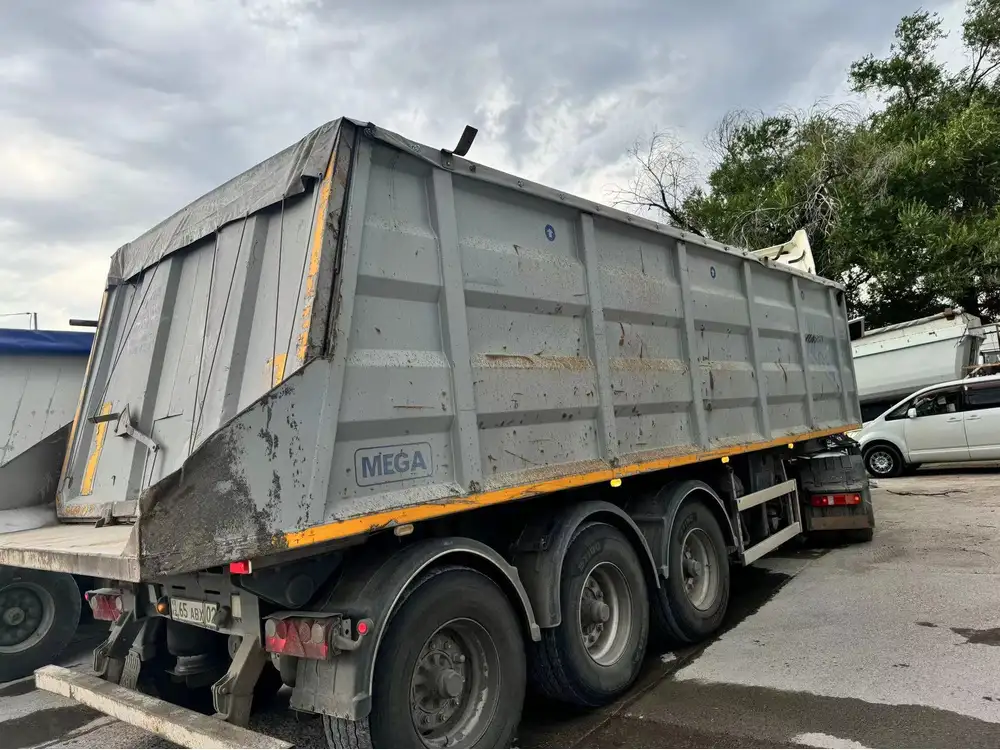
Requesting Feedback
Soliciting regular feedback helps in refining your services. Consider:
- Surveys: Distribute post-rental surveys to collect insights.
- Online Reviews: Encourage satisfied customers to leave positive reviews online.
Financial Management
Accounting Systems
Establish a reliable accounting system to track income, expenditures, and taxes. Employ accounting software tailored to small businesses to simplify operations.

Monitor Cash Flow
Continually monitor cash flow to ensure that your operations remain solvent. Create detailed cash flow projections and maintain reserves for unforeseen circumstances.
Pricing Strategies
Setting competitive yet profitable pricing is essential. Research local pricing trends and consider:
- Base Rental Rates: Calculate costs plus mark-up for profitability.
- Additional Fees: Implement fees for insurance, maintenance, or late returns.
Leveraging Technology
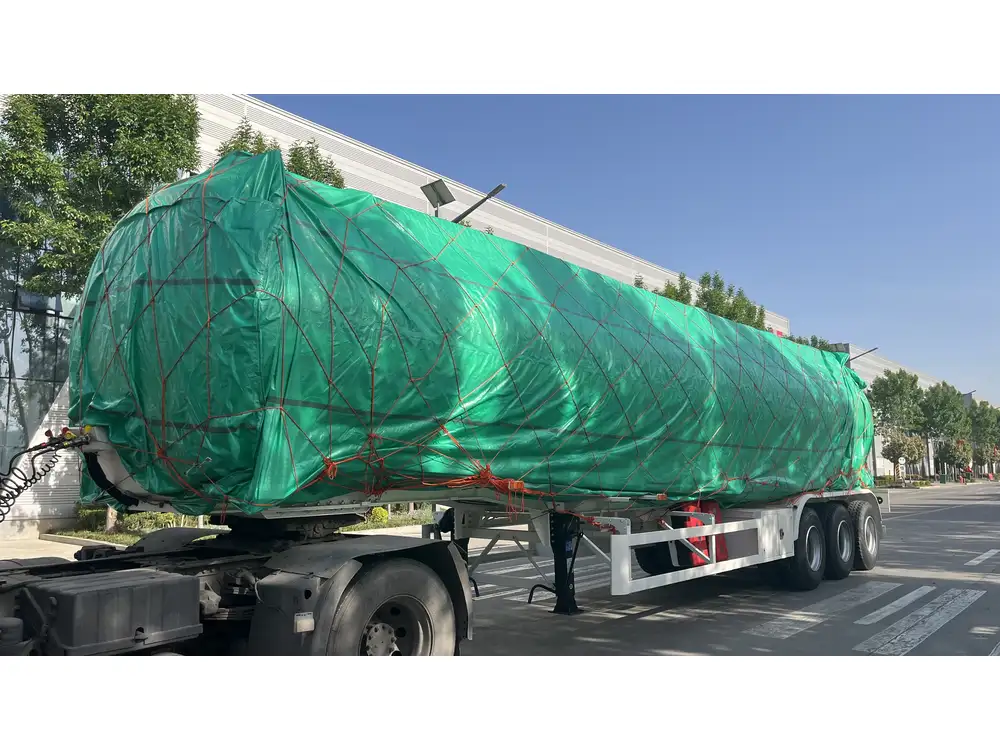
Rental Management Software
Investing in rental management software can streamline operations, making it easier to manage pricing, inventory, and customer relationships. Consider features like:
- Tracking and Management: Functionality that tracks trailer availability.
- Automated Billing: Simplifies invoicing and payments.
- Data Analytics: Provides insights into usage trends and customer behavior.
Online Presence
A strong online presence enhances visibility and customer outreach. Essential elements of your digital strategy include:
- Website Development: Ensure your site is user-friendly and optimized for conversions.
- Search Engine Optimization (SEO): Focus on relevant keywords such as “semi-trailer rentals near me,” which will improve your visibility.
- Content Marketing: Create informative blog posts or guides related to trailer rentals, positioning your brand as an industry authority.
Future Growth Strategies
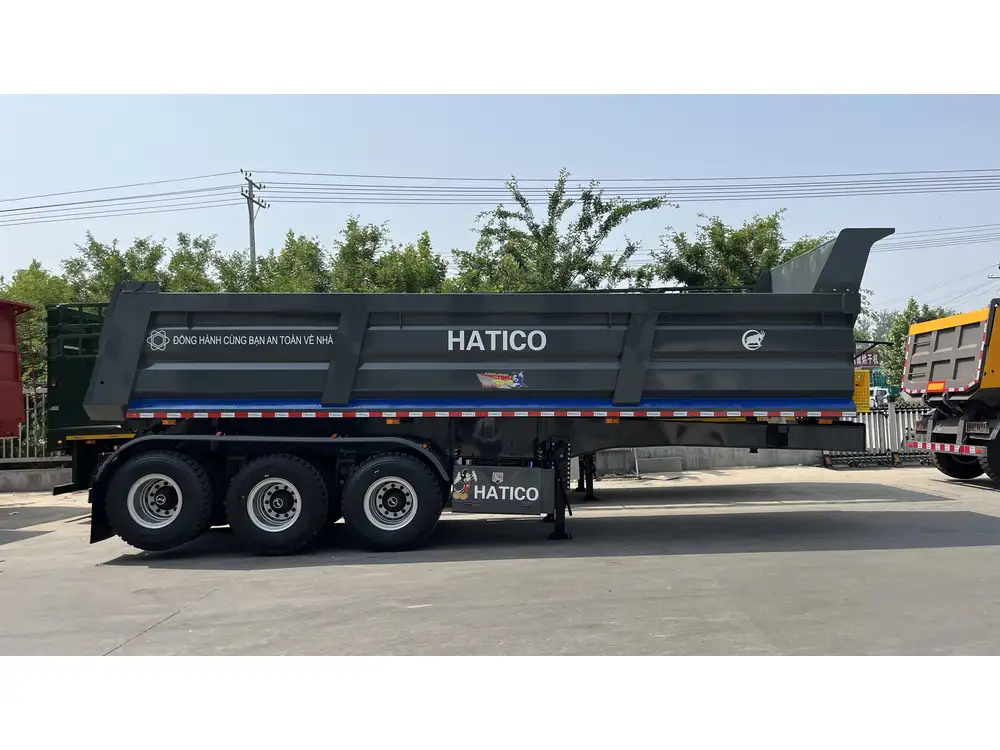
Diversifying Services
As your business matures, consider diversifying your service offerings. Some possibilities might include:
- Long-Term Leasing Options: Attract larger companies looking for consistent partnerships.
- Repair and Maintenance Services: Venturing into servicing your trailers can create additional revenue streams.
- Sales of Used Trailers: Cultivate a market for selling your retired inventory when it no longer meets your rental standards.
Strategic Partnerships
Forming strategic partnerships can enhance your customer base. This can involve alliances with logistics companies, freight brokers, and even local businesses needing transportation solutions.
Continuous Learning and Adaptation
The business landscape is ever-changing. Staying abreast of industry trends, customer expectations, and technology will ensure that your semi-trailer rental business remains competitive and successful.

Conclusion
Starting a semi-trailer rental business requires meticulous planning, market understanding, and dedication to customer satisfaction. By systematically addressing each aspect from market analysis to operational setup, you are well on your way to building a thriving enterprise. Remember that patience and adaptability are key in navigating the complexities of the semi-trailer rental business while meeting ever-evolving market demands. Embrace the journey, foster relationships, invest in technology, and watch your business flourish.



